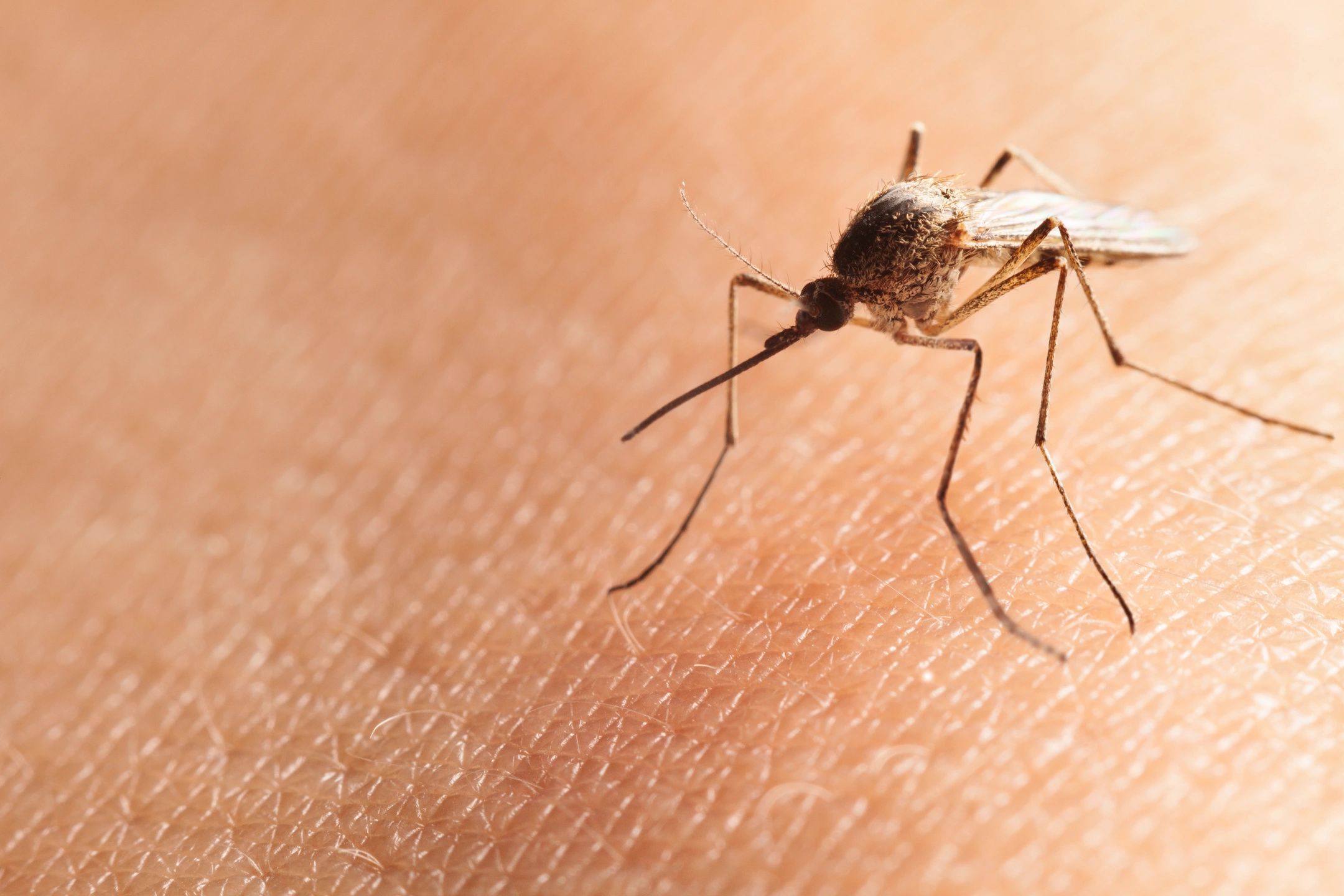
Background and Epidemiology
WNV infection first became a public health problem in the United States in the late 1990s. WNV is a mosquito-borne flavivirus in the same family as yellow fever, dengue fever and St. Louis encephalitis. In rare situations, blood transfusion, organ transplant, transplacental, breastfeeding and percutaneous injury of laboratory workers can transmit the infection.
In the United States, outbreaks occur late spring through autumn when mosquitoes are active. Outbreaks are usually associated with bird die-offs. Infection of horses or other mammals may occur before or at the same time as infections of humans.
In Washington, WNV activity is very low. The most activity occurred in 2009—38 human cases (36 acquired in Washington), 73 horse or other mammal cases and 22 dead birds tested positive. In 2017, 13 human cases occurred and in 2016, 9 human cases occurred. Most WNV activity in the state occurs in Eastern Washington.
Across the United States, WNV activity varies from year to year and region to region. From 1999 to 2016, the states reporting the most cases (6,031 to 2,368, in order) were California, Colorado, Texas, Nebraska and Illinois. During this same period, Washington reported 96 cases.
When to Suspect WNV Infection
WNV infection in local birds, animals or humans or travel to areas with WNV activity should raise suspicion in people with unexplained meningitis or encephalitis. Recent history of transfusion, transplant or vaccination may be important. Testing for WNV or other arboviral disease like St. Louis encephalitis should be strongly considered in:
- Adults older than 18 years with unexplained encephalitis or meningitis, particularly in summer or early fall.
- Children younger than 18 years hospitalized with encephalitis.
- Cases of acute flaccid paralysis or presumptive Guillain- Barré syndrome.
Clinical Features
- Most people infected with WNV are asymptomatic.
- Less than 1% of infected people develop severe disease.
- Incubation period ranges from 2 to 14 days.
Mild Infection
- Approximately 20% of infected people develop a mild, self-limited illness called West Nile fever.
- Symptoms from mild infection generally last 3 to 6 days.
- People with West Nile fever do not progress to more severe disease.
- West Nile fever is characterized by sudden onset of fever often accompanied by:
- Anorexia.
- Headache.
- Nausea.
- Lymphadenopathy.
- Eye pain.
- Malaise.
- Rash.
- Gastrointestinal symptoms.
Severe Infection
- Approximately 1 in 150 infections result in severe neurological disease.
- The most significant risk factor for severe disease is advanced age.
- Encephalitis and meningitis are the most common severe clinical syndromes.
- Additional symptoms among patients hospitalized with severe disease include:
- Gastrointestinal symptoms.
- Weakness.
- Fever.
- Change in mental status.
- Maculopapular or mobilliform rash involving the neck, trunk, arms or legs is rare.
- Neurological symptoms include:
- Myelitis.
- Acute flaccid paralysis.
- Ataxia and extrapyramidal signs.
- Tremor, Parkinson’s-like syndrome.
- Cranial nerve abnormalities.
- Optic neuritis.
- Polyradiculitis.
- Seizures.
Diagnosis and Reporting
Diagnostic Testing
WNV testing for patients with encephalitis or meningitis is commercially available. Positive commercial tests should be confirmed at Washington State Department of Health Public Health Laboratories.
- The most efficient diagnostic method is detection of IgM antibody to WNV in serum or cerebrospinal fluid (CSF) collected more than 8 days after illness onset using the antibody capture enzyme-linked immunosorbent assay (MAC-ELISA). Since IgM antibody does not cross the blood-brain barrier, IgM antibody in CSF strongly suggests central nervous system infection. IgM antibody can persist for 30-90 days; longer persistence has been documented.
- Patients recently vaccinated against or infected with related flaviviruses (like yellow fever, Japanese encephalitis or dengue) may have positive (cross- reactive) WNV MAC-ELISA results.
- Based on clinical presentation, use diagnostic testing to rule out other conditions, like herpes encephalitis or meningitis caused by fungal, bacterial or parasitic pathogens.
- Patients who test negative prior to the eighth day after onset should be re-tested 8 days after onset of symptoms.
Reporting Suspected WNV Infection
Please report suspected or confirmed cases of WNV encephalitis to the reporting line.
Treatment
Treatment is supportive, often involving hospitalization, intravenous fluids, respiratory support, and prevention of secondary infections for patients with severe disease.
Prevention
People can protect themselves by using mosquito repellent, wearing long-sleeved shirts and long pants and limiting outdoor exposure from dusk to dawn. Using air conditioning, installing window and door screens and reducing garbage where water can collect can further decrease the risk for WNV exposure.
Blood and some organ donations in the United States are screened for WNV. Healthcare providers should remain vigilant for possible transmission of WNV through blood transfusion or organ transplant. Promptly report any suspected WNV temporally associated with blood transfusion or organ transplantation.
Resources
- Washington Department of Health (DOH): WNV healthcare providers page.
- CDC: WNV statistics and maps page.
- CDC: Epidemic/Epizootic West Nile Virus in the United States: Revised Guidelines for Surveillance, Prevention, and Control.
- Petersen LR and Marfin AA, “West Nile Virus: A Primer for the Clinician [Review]” Ann Intern Medicine (August) 2002 Aug. 6; 137(3):173-9.
